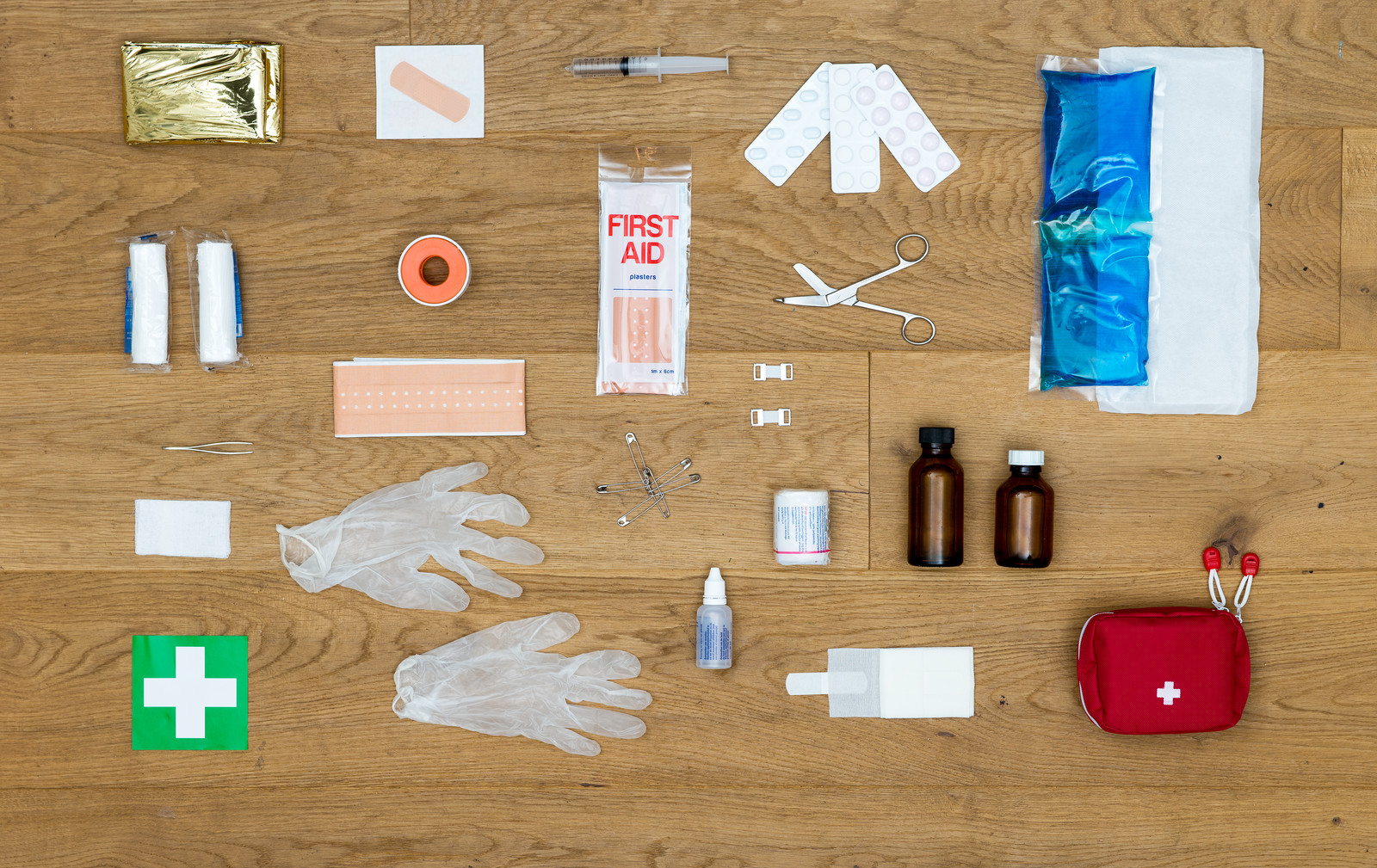This is a really BIG issue in schools, homes and workplaces. Thank you to Greg, who is a physio at Smart Health Training and Services, for his informative, relevant blog on the ergonomic use of devices.
Ever had one of your children complain about neck pain, back pain or headaches? You’re not alone……….
A quick audit of the IT devices and “screens” in our household reveals just how heavily invested and surrounded by this technology we are. 2 iPhones, numerous iPods, 2 iPads, 3 Nintendo DS, a Wii, 2 TV’s, 3 laptops and a desktop computer (we’ve so far managed to resist the Playstation & Xbox) this shows that my family is living this IT device dream as much as any!
Being a Health Professional and running a schools-based program has also allowed me to see the effects that using these devices with poor postures and set ups can have on the musculoskeletal health of our children. We recently ran some comparisons in our clinic and found that compared to just 4 years ago we now see 5 times the amount of under 18 year old clients. While there will be a number of reasons as to why this is the case there is little doubt that the explosion of mobile technology use by school aged children both at home and at school is a large contributing factor. As health professionals we are seeing younger patients and a direct link between screen use and back and neck pain and headaches.
As a telling example a recent study out of Western Australia that looked at the posture of young children using tablets compared to other activities concluded that tablet use by young children is typified by less movement, less muscle activity and poor spinal posture compared with toy play.
Habits around screen use, time spent on these devices and a balanced lifestyle are all extremely important in mitigating the risks of musculoskeletal problems associated with using IT devices. Today however, I’d like to focus on the ergonomic set up. Getting the ergonomics right is extremely important for all students on all devices.
It’s important to point out that laptops and tablets by themselves don’t encourage good posture. Often the screen is too low or even worse flat on the desk (or their lap or bed etc) bringing the users eyes down which then encourages a slumped posture through the neck, upper back and shoulders. We relate this head down posture to increased tension through the upper back and neck muscles which may result in neck pain or headaches.
We’ve included a picture of the ideal set up for both sitting and standing workstations. Try to get the workstations in your home as close to ideal as possible. It’s sometimes not easy to fit young children to adult furniture so you may need to use props, cushions or pillows to help. The closer you get to the ideal position to encourage the ideal posture the more comfortable they’ll be.
Here are some tips taken from our Smart Health School Program about improving the ergonomics of your computer and tablet set ups at home…
- Laptops do not encourage ideal ergonomics. If using a laptop regularly use an external keyboard and mouse, with an external flatscreen (or laptop riser) to allow for ideal positions and encourage ideal postures.
- When using a computer or laptop for a sustained period of time ideally the top third of the screen should be level with the user’s eyes.
- If using a tablet regularly use a tablet stand and external keyboard (if data input is required) to allow ideal position of display and keyboard.
- Good postures don’t just happen naturally, set reminders either through timers or apps that can be downloaded on to the device. Remember to get up, move and stretch every 20-30 minutes.
At Smart Health we’ve developed numerous resources for parents, students and teachers as part of our Smart Health School Program to help them create environments and habits that support physical health and wellbeing when using IT devices. Our online courses for both primary school aged children and secondary school aged children can be found and accessed at … www.smartehealthtraining.com.au. These courses are designed for parents to do at home with or without their children at the device and workstation that needs to be set up. They take approximately 30-45 min to complete and go through ideal ergonomic set up for tablets, laptops and desktop computers and the physical activity guidelines that specifically relate to different age groups.
For more information about Greg Campbell, Smart Health and the Smart Health School Program go to www.smarthealthtraining.com.au/schools.
Greg Campbell is a husband, father of three young children (aged 11, 9 and 5), Physiotherapist & Managing Director of Smart Health Training and Services and the founding principal of the Smart Health School Program.

Web: https://www.smarthealthtraining.com.au/
FB: https://www.facebook.com/Smart-Health-Training-and-Services
P: (08) 8293 1100
E: reception@smarthealthtraining.com.au
Address: 12-22 Richmond Road, Keswick























